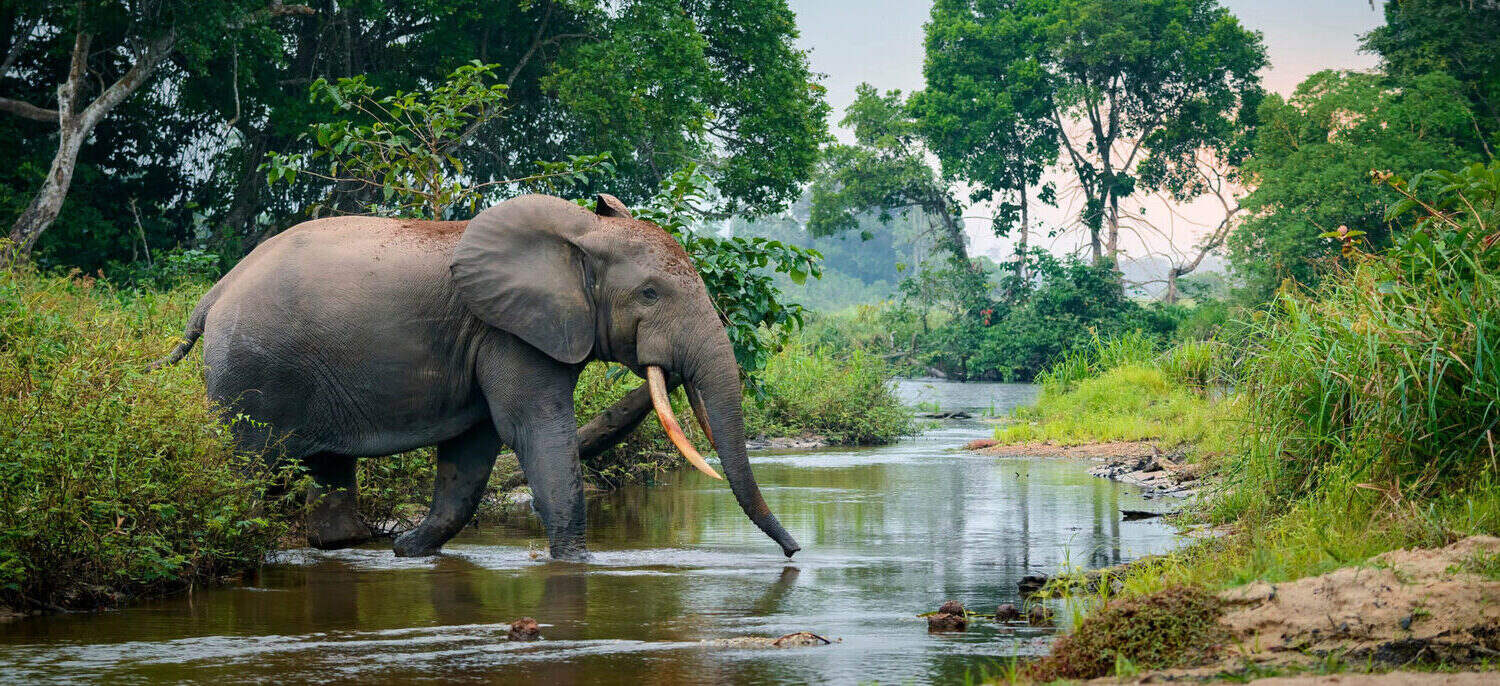
Congo-Brazzaville, officially known as the Republic of the Congo, is a country rich in culture, history, and natural beauty. Nestled in Central Africa, it boasts lush rainforests, diverse wildlife, and vibrant cities. Brazzaville, the capital, sits along the Congo River, offering stunning views and a bustling urban life. This nation has a fascinating blend of traditional and modern influences, making it a unique destination. From its colonial past to its independence in 1960, Congo-Brazzaville has a story worth telling. Whether you're interested in its natural wonders, cultural heritage, or historical milestones, there's something for everyone to learn about this intriguing country.
Key Takeaways:
- Congo-Brazzaville boasts the second-largest rainforest and the Congo River, offering diverse landscapes and vital habitats for wildlife. Its rich culture and economic potential make it a unique African nation.
- With a blend of history, vibrant culture, and economic challenges, Congo-Brazzaville is a country of contrasts. Efforts to protect its wildlife and natural resources are crucial for its future.
Geography and Nature
Congo-Brazzaville, officially known as the Republic of the Congo, is a country rich in natural beauty and diverse landscapes. From dense rainforests to winding rivers, this nation offers a unique glimpse into the heart of Africa.
- Congo-Brazzaville is home to the second-largest rainforest in the world, after the Amazon. This vast expanse of greenery is a crucial part of the global ecosystem.
- The Congo River, the second-longest river in Africa, flows through the country. It is a vital waterway for transportation and trade.
- Odzala-Kokoua National Park, one of Africa's oldest national parks, is located here. It is famous for its biodiversity, including gorillas, elephants, and hundreds of bird species.
- The country has a coastline along the Atlantic Ocean, providing access to beautiful beaches and marine life.
- Mount Nabemba, the highest point in Congo-Brazzaville, stands at 1,020 meters (3,346 feet) above sea level. It offers stunning views of the surrounding landscape.
History and Culture
Congo-Brazzaville has a rich history and vibrant culture that reflects its diverse population and colonial past. The nation's heritage is a blend of indigenous traditions and influences from European colonization.
- The capital city, Brazzaville, was founded in 1880 by French explorer Pierre Savorgnan de Brazza. It remains a cultural and economic hub.
- Congo-Brazzaville gained independence from France on August 15, 1960. This day is celebrated annually as Independence Day.
- The country is named after the Kingdom of Kongo, a powerful state that existed from the 14th to the 19th century.
- Traditional music and dance are integral parts of Congolese culture. The country is known for its vibrant rhythms and energetic performances.
- The official language is French, but many indigenous languages, such as Lingala and Kikongo, are widely spoken.
Economy and Resources
Congo-Brazzaville's economy is largely driven by its natural resources, particularly oil and minerals. Despite its wealth in resources, the country faces economic challenges.
- Oil is the mainstay of the economy, accounting for a significant portion of the country's GDP and export earnings.
- Congo-Brazzaville is rich in minerals, including copper, diamonds, and gold. These resources have the potential to boost the economy.
- Agriculture is an important sector, with crops like cassava, bananas, and maize being staples for the population.
- The country has significant hydroelectric potential due to its numerous rivers and waterfalls. This could provide a sustainable energy source.
- Despite its resources, Congo-Brazzaville faces economic challenges, including poverty and unemployment. Efforts are being made to diversify the economy.
Wildlife and Conservation
Congo-Brazzaville is a haven for wildlife enthusiasts and conservationists. The country's efforts to protect its natural heritage are commendable.
- The country is home to the critically endangered western lowland gorilla. Conservation programs aim to protect these majestic creatures.
- Congo-Brazzaville has several protected areas and national parks, covering about 11% of its land area. These areas are crucial for biodiversity conservation.
- The country is part of the Congo Basin, which is one of the most important wilderness areas on the planet. It plays a key role in regulating the global climate.
- Efforts are being made to combat illegal logging and poaching, which threaten the country's wildlife and forests.
- Ecotourism is being promoted as a way to support conservation efforts and provide sustainable livelihoods for local communities.
Fascinating Congo Awaits
Congo-Brazzaville, a land of rich culture, breathtaking landscapes, and diverse wildlife, offers endless wonders. From the majestic Congo River to the dense rainforests teeming with life, this country is a treasure trove of natural beauty. The vibrant traditions and warm hospitality of its people add to its charm. Whether you're exploring the bustling markets of Brazzaville or trekking through the Odzala-Kokoua National Park, Congo promises unforgettable experiences. The unique history and cultural heritage make it a destination worth discovering. So, pack your bags and get ready to uncover the hidden gems of Congo-Brazzaville. Adventure, beauty, and culture await in this remarkable African nation.
Frequently Asked Questions
Was this page helpful?
Our commitment to delivering trustworthy and engaging content is at the heart of what we do. Each fact on our site is contributed by real users like you, bringing a wealth of diverse insights and information. To ensure the highest standards of accuracy and reliability, our dedicated editors meticulously review each submission. This process guarantees that the facts we share are not only fascinating but also credible. Trust in our commitment to quality and authenticity as you explore and learn with us.


